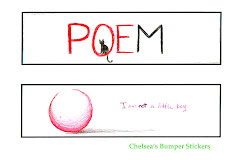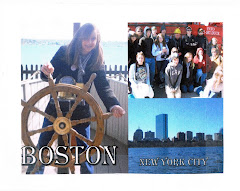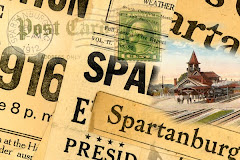 On the literary map, you are still in Boston, Massachusetts.
On the literary map, you are still in Boston, Massachusetts.Visit Robert Lowell at www.Poets.org and fill-in-the-blanks.
"Robert Lowell was born in ___________ into one of Boston's oldest and most prominent families. He attended _________ College for two years before transferring to Kenyon College, where he studied poetry under ________________and received an undergraduate degree in 1940. He took graduate courses at Louisiana State University where he studied with __________________________."
"Partly in response to his frequent ____________, and partly due to the influence of such younger poets as W. D. Snodgrass and ____________, Lowell in the mid-fifties began to write more directly from _________________, and loosened his adherence to ____________________ and form. The result was a watershed collection, ________ (1959), which forever changed the landscape of modern poetry."
Read and listen to Lowell’s “The Skunk Hour”
A Brief Guide to Confessional Poetry
"Confessional poetry is the poetry of the _________or 'I.' This style of writing emerged in the late ________ and early __________ and is associated with poets such as Robert Lowell, ___________, __________, and W.D. Snodgrass. Lowell's book Life Studies was a highly personal account of his life and familial ties, and had a significant impact on American poetry. Plath and Sexton were both students of Lowell and noted that his work influenced their own writing."
"The confessional poetry of the mid-twentieth century dealt with subject matter that previously had not been __________ ___________ in American poetry. Private experiences with and feelings about death, trauma, depression and relationships were addressed in this type of poetry, often in an autobiographical manner. Sexton in particular was interested in the psychological aspect of poetry, having started writing at the suggestion of her _____________________________ ."
"The confessional poets were not merely recording their emotions on paper; _______________ and _____________________ were extremely important to their work. While their treatment of the poetic self may have been groundbreaking and shocking to some readers, these poets maintained a high level of craftsmanship through their careful attention to and use of prosody."
"One of the most well-known poems by a confessional poet is 'Daddy' by ___________. Addressed to her father, the poem contains references to the Holocaust but uses a sing-song rhythm that echoes the nursery rhymes of childhood...Another confessional poet of this generation was John Berryman. His major work was _____________, which consists of 385 poems about a character named Henry and his friend __________________. Many of the poems contain elements of Berryman's own life and traumas, such as his father's suicide."
"The confessional poets of the 1950s and 1960s pioneered a type of writing that forever changed the landscape of American poetry. The tradition of confessional poetry has been a major influence on generations of writers and continues to this day; Marie Howe and Sharon Olds are two _______________________ poets whose writing largely draws upon their personal experience."



















